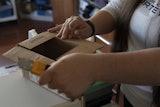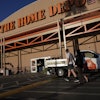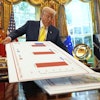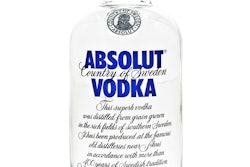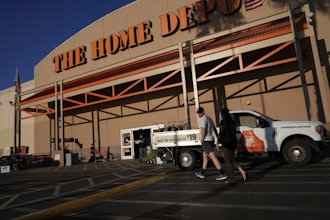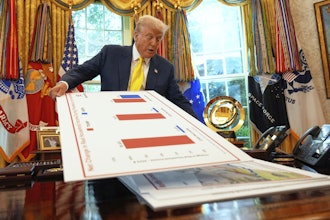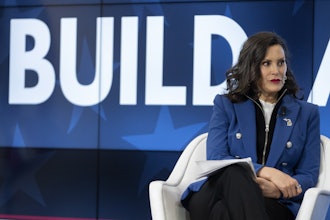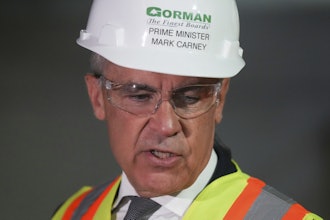Every year in the U.S. there are over 80,000 product liability lawsuits, and thousands of product recalls.
And at the same time, 90% of manufacturing executives surveyed felt their companies and management teams were “Ahead of the curve in delivering safe and reliable products”, when all the statistical trends show just the opposite.
In addition, in 2014 we seen some of the highest fines handed out by government agencies because the corporations mishandled product safety issues, and the juries handed out the largest awards to plaintiffs in over a decade.
The largest cause of recalls which will normally lead to product liability lawsuits is “Defects in Design”. The product’s design specification was defective right from the start, which wasn’t caught or handled properly, and then manufacturing management made sure all the products were manufactured per that [defective] specification.
Of course there are exceptions and exceptional companies, but when you analyze why products failed and ended up being recalled, or get involved in as much product liability litigation and forensic investigations as I do, it becomes apparent that the majority of products involved were defective by design, and for whatever reason, were never caught.
Meanwhile, “Manufacturing Defects” where some percentage of the product had a defective condition, such as being misassembled, containing defective components, or some other defective condition that were produced during a certain time-frame, is normally the least of the cause of recalls and lawsuits.
Design Validation - Product Testing
Once the Design Review, and separately the Product Safety Review (two separate reviews, two separate review teams), have come up with their design specification and are able to build prototypes, they need to validate the design and the proposed or preliminary specifications they established (if such formal Teams even exist in the company).
This includes fabricating and assembling the parts, assuring the operational function (if there is a mechanical function that the product is to provide), and especially ensuring that the product and its’ component parts and materials will withstand everything they will logically be subject to in the field.
In studying many of the product recalls it appears questionable as to whether such tests and validation ever took place, especially when the product [catastrophically] falls apart, mechanically malfunctions, or shorts out and starts on fire. How could these things happen if the product was thoroughly tested?
What happens all too often is that the product was designed and incorporated components and materials that “should” withstand the conditions and handling it might be subject to, but it’s never verified that it will in fact withstand such elements, and then the manufacturer finds at a later date that the product is failing in the field.
The product was really designed and engineered by one individual, and although the company, like every company, says they religiously hold “Design Reviews”, in fact few even know what that should really entail and once they do learn they commonly acknowledge that they don’t even come close.
It’s also important to note that contrary to common opinion and expectation, for those companies that actually have a Legal department, they are almost never involved in Design Reviews or Product Safety Reviews, nor do they even know what such Reviews should entail.
As a matter of fact, in almost half the requests I receive to conduct an in-house seminar, about half are requested by the in-house Legal Dept. So although this is “Legal” in nature, the Legal department is typically far removed from the day-to-day activities going on in all these design and production related corporate departments.
Their time is devoted to developing contracts and agreements, acquisitions, addressing insurance claims, and searching for defense attorneys to handle cases.
Creating a Corporate Team
Beside improving the Design & Product Safety Review procedures, there are quite a number of other areas that also need to be addressed. In order to handle this effectively the corporation should put someone in charge of heading this program.
I recommend that the individual also create a small corporate team, possibly just two other people, to be part of discussions regarding the development and implementation of the program, as well as to discuss strategies on cases and claims that surface as well as how they want to handle product issues that they suddenly became aware of.
Although there aren’t typically many individuals within a manufacturing corporation that feel qualified to head the program, there are numerous people that want to be on the Corporate Team, primarily because they find the whole area quite intriguing if not fascinating. None of these individuals should be middle-management positions, but should be Staff positions, preferably all reporting directly to the President.
In Conclusion
Most all manufacturing corporations are pursuing continuous improvement and Lean activities, all of which are good and necessary when it comes to saving money and increasing profitability, but Product Liability Prevention can save the company itself as well as greatly increase profitability.
If Executive Management took the time to learn more about this area in detail, I know they would be exhilarated by what they would learn and instantly recognize the benefits it would bring to their corporation.
I know this because it has happened so many times over the 20 years I have been teaching it and has even led to clients receiving awards and national recognition for their accomplishment.
But the first objective is for companies to really understand what this is all about and why they need to implement the program, or they’ll continue to contribute to this international problem until their own company’s number is finally called.
